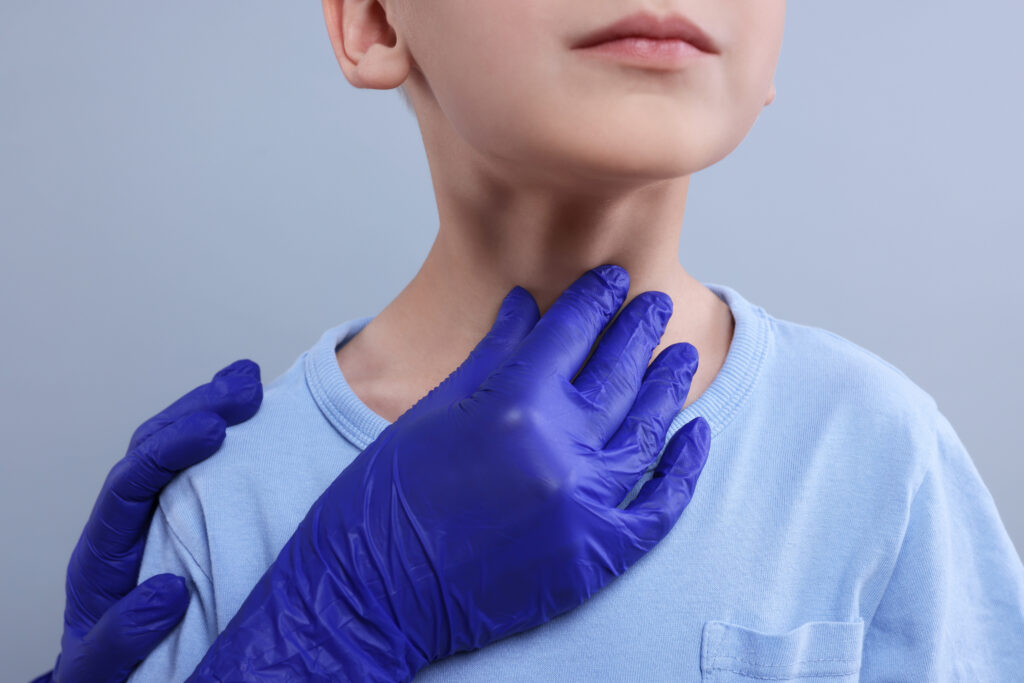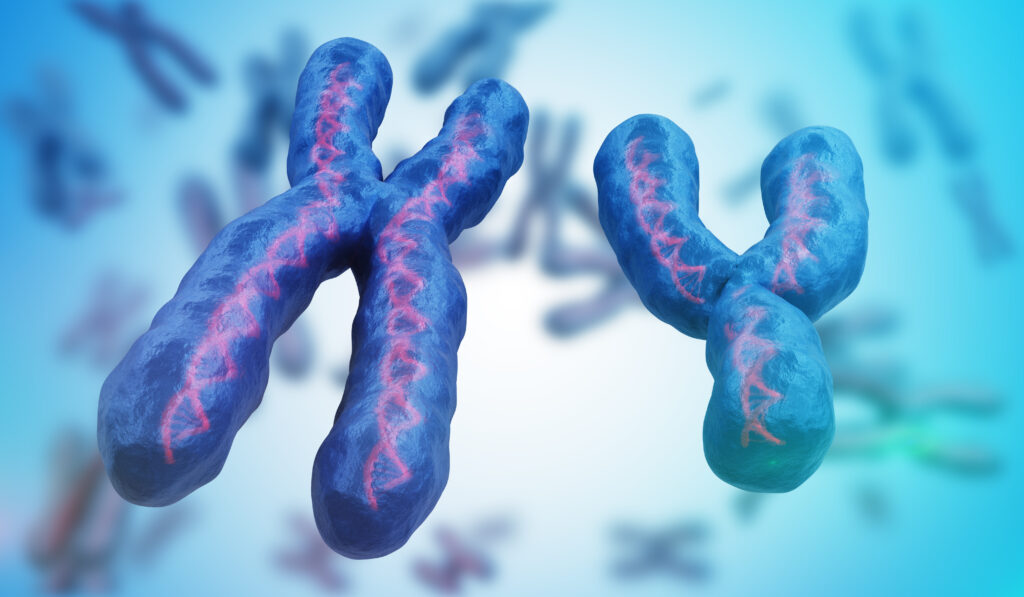Genetic causes identified for nonfamilial tall stature in childhood

Genetic testing has identified a likely cause for nonfamilial tall stature in 11% of children examined, show study findings published in the European Journal of Pediatrics.
Growth hormone therapy response confirmed for children with heterozygous NPR2 alterations
Research from the Netherlands suggests that the majority of children heterozygous for pathogenic alterations to the NPR2 gene, resulting in mild skeletal dysplasia, respond to growth hormone therapy.
ESPE statement highlights immune checkpoint inhibitor AE knowledge gaps

The European Society for Paediatric Endocrinology (ESPE) has released a position statement to encourage further research into endocrine immune-related adverse events associated with the use of immune checkpoint inhibitors in children with cancer.
Aromatase inhibitor plus rhGH improves adult height for boys with idiopathic short stature
For teenage boys with idiopathic short stature (ISS), combining a third-generation aromatase inhibitor with recombinant human growth hormone therapy can significantly improve adult height, suggest study findings published in the Journal of Clinical Endocrinology & Metabolism.
Wide range of 46,XY partial gonadal dysgenesis phenotypes revealed

Study findings demonstrate the broad heterogeneous phenotypes found in children with 46,XY gonadal dysgenesis, with insights into likelihood of spontaneous puberty and risk of gonadal malignancy.
Hormone level thresholds over first year point to congenital hypogonadotropic hypogonadism
Measuring levels of testosterone, inhibin B and anti-Müllerian hormone at different time points over the first year of life may help diagnose congenital hypogonadotropic hypogonadism in infant boys with minor abnormalities of the external genitalia, French researchers say.
Adult BMD deficit risk highlighted for childhood cancer survivors

More than a quarter of childhood cancer survivors have moderate or severe bone mineral density deficits in adulthood, report US researchers who believe targeted interventions could reduce this burden.
CAH linked to low BMD after puberty in young men
Children and young adults with congenital adrenal hyperplasia may be at long-term risk of low bone mineral density, with the greatest risk found in boys and young men, Italian researchers have found.
Anastrozole may aid height growth for children with 21OHD CAH

Some children with congenital adrenal hyperplasia (CAH) could benefit from treatment with the aromatase inhibitor anastrozole to optimise their growth potential, US researchers suggest.
Encouraging oral infigratinib safety and efficacy profile reported for achondroplasia
Once daily oral treatment with infigratinib has a tolerable side effect profile and a significant positive benefit on both annualised height velocity and upper-to-lower body segment ratio in children with achondroplasia, indicates research published in The New England Journal of Medicine.

